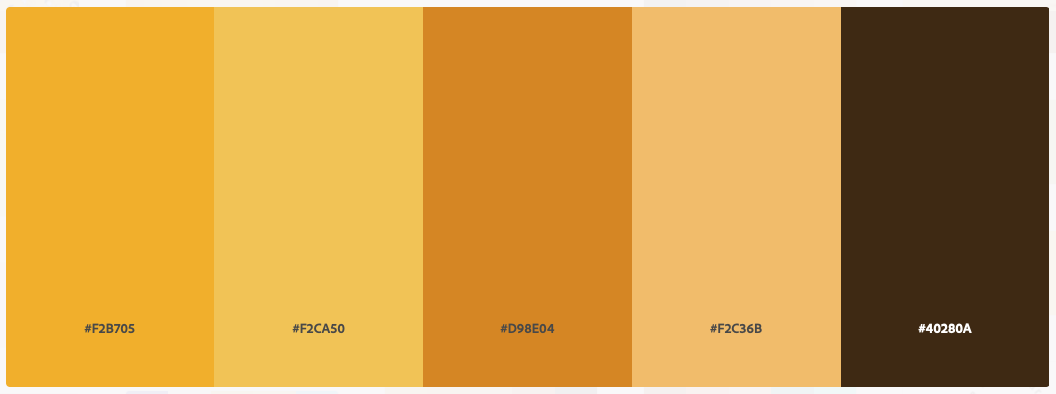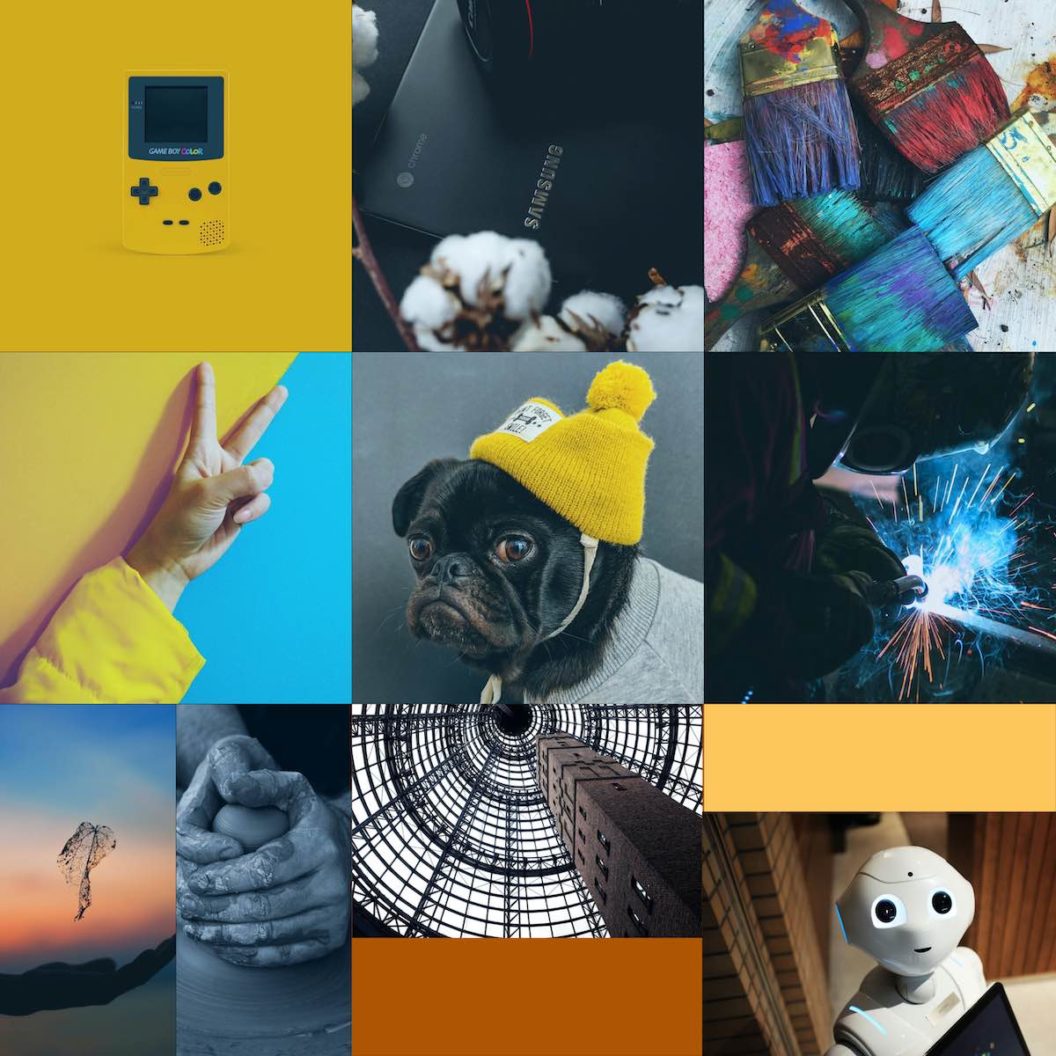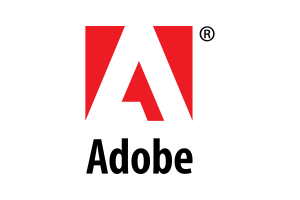The Creator Brand Archetype
The Creator brand archetype main priority is to express their creativity. Compared to the Ruler, they are quite laid back. They love novelty and they love to create new combinations. The creator is clever, self-sufficient and they chafe at any sort of imposed conformity.
Creator brands are visionaries. They seem to exist to innovate. They are non-conformist to the extreme and always strive to come across as authentic. These brands wear this desire on their sleeve. Creator brands are often in the technology, marketing or design spaces, but this is not always the case.
They exist to empower creative consumers.
The go-to example is Apple, but let’s look at a few others.
Visionary Mindset
Creator brands are non-conformist innovators who exist to bring groundbreaking ideas to life and empower creative consumers.
Innovation Focused
These brands prioritize authentic self-expression and constantly develop novel combinations that push boundaries.
Artistic Excellence
Self-sufficient and clever, Creator brands reject conformity in favor of developing refined artistic expression.
Strengths
Brand Promise: Originality
Goal: To innovate.
Strategy: To develop and refine artistic expression.
Personality to project: The artisan, the innovator or the inventor.
Ideal Customer: These folks shun traditional advertising. They enjoy novel experiences. These customers are very loyal to a creative brand.
Color: YELLOW
Weakness
Weakness: Can be seen as aloof, out of touch or unrefined
Potential solutions:
- Consider a lower cost, lower price product for the everyman demographic.
- Conversely, consider a high-end, polished and refined version of an existing product.
- Use social media marketing to—tactfully—let people know that you’re in touch with current events and societal issues—but avoid politics
Suggested Color Palette
This is just a suggested palette. Colors should be selected based on a robust brand strategy and should be part of the brand identity development.


Creator Brand Examples

Honda
Honda has long been known for its out of the box thinking. It enjoys a strong reputation for its high-quality engines and cars, but it began as an innovator in the motorbike space. Their advertisements play off of their innovative history, and their fans tend to be quite loyal.
The brand is well known for its innovative marketing, as these commercials demonstrate.

LEGO
In 2017, Lego was named most powerful brand in the world. Think about that for a minute. What does Lego do, really? They produce small plastic blocks, and they make kits out of those blocks. But Lego is much more than that to a lot of people. For many, Lego is part of their identity and part of their childhood. Lego is a prime example of the Creator archetype.
When you buy Lego, you know you’re getting the highest quality plastic block available, but you also know that the kit you’re buying has been well thought out.

ADOBE
Adobe has redefined itself. The company has always produced tools for creatives, from their legendary Photoshop application to Illustrator. But recently, they shifted to a cloud-based, subscription model. This makes them more agile, and it allows them to develop features for their flagship products faster than they could otherwise. While not everyone is a fan of their new subscription model, there’s no doubt that this creator brand is still going strong.
Frequently Asked Questions
How can we innovate and consistently bring our customers new and original products or services, keeping with the Creator archetype’s promise of self-actualization and innovation?
Here are some thoughts on how you can innovate and consistently bring your customers new and original products or services in line with the Creator archetype’s promise of self-actualization and innovation:
- 1Innovation Workshops: Regularly conduct workshops or brainstorming sessions with your team on innovation. Encourage everyone to think outside the box and develop new ideas for products, services, or improvements to existing offerings.
- 2Customer Feedback: Engage with your customers to understand their needs and wants. Use customer feedback to inspire innovation. Customers are often a great source of ideas for new products or services.
- 3Collaboration: Consider collaborating with other businesses or individuals who complement your brand. This can often lead to innovative ideas or partnerships you might not have thought of.
- 4Invest in Research and Development: Allocate resources to a dedicated R&D department or team. This investment shows a serious commitment to innovation.
- 5Stay Up-to-Date with Industry Trends: Keep an eye on industry trends and developments. This can inspire new products or services and help you stay ahead of your competition.
- 6Prototype and Test: Develop prototypes of new products or services and test them with a select group of customers. This ensures that your innovation meets customer needs and allows you to refine your offering based on feedback before full-scale production.
- 7Continuous Improvement: Adopt a mindset of continuous improvement. Always look for ways to improve your products, services, and processes.
- 8Promote a Culture of Innovation: Encourage and reward innovative thinking within your organization. Make it clear that everyone is invited and expected to contribute ideas and that risk-taking is acceptable and even necessary for innovation.
- 9Leverage Technology: Utilize technology to foster innovation. This could mean using tools that facilitate collaboration and idea generation or implementing new technologies in your products or services.
Remember, as a Creator brand, your aim should not just be to create for the sake of creating but to enable your customers to achieve their form of self-actualization through your innovative products or services.
Given that the Creator archetype can sometimes be seen as aloof or out of touch, how can we stay connected with current events and societal issues while maintaining our focus on innovation?
Maintaining a connection with current events and societal issues while staying true to the Creator archetype’s focus on innovation can be achieved through a few strategies:
- 1Social Media Engagement: Social media platforms are a hub for current events and societal discussions. Engage with your audience on these platforms by creating content highlighting your innovative efforts and how they relate to current events. This could be as simple as sharing articles related to your field, creating thought leadership pieces on recent trends, or commenting on relevant societal issues that align with your brand values. Avoid taking a political stance, as this may alienate some of your audience.
- 2Innovative Solutions to Societal Issues: Consider how your products or services can offer innovative solutions to current societal problems. This showcases your commitment to innovation and demonstrates your brand’s awareness and connection to the wider society. For instance, if environmental sustainability is a hot topic, you could focus on creating eco-friendly products or improving your manufacturing processes to reduce environmental impact.
- 3Collaboration and Partnerships: Partnering with other organizations can keep you grounded and connected. These partnerships can range from collaborating with nonprofits for social causes, and joining industry alliances to working with influencers who are in touch with the latest trends and events. These collaborations can bring fresh ideas and perspectives, helping your brand stay relevant and connected.
- 4Customer Feedback and Engagement: Regularly solicit feedback from your customers about your products and services and broader societal issues they care about. This can be done through surveys, feedback forms, or direct conversations on social media. Understanding your customers’ views can help you stay connected and align your innovation efforts with their needs and concerns.
- 5Regular Training and Development: Ensure your team is regularly updated on current events and societal issues. This can be achieved through training sessions, workshops, or regular team discussions. A well-informed team can contribute innovative ideas relevant and in touch with the current social climate.
Remember, the key is balancing your focus on innovation and staying connected with societal issues. While it’s important to be aware and responsive to the world around you, your primary goal should still be to provide innovative and original products or services to your customers.
How can we highlight our brand’s strength in innovation in our marketing and communications?
Highlighting your brand’s strength in innovation in your marketing and communications can be achieved in various ways:
- 1Storytelling: Communicate your innovation journey. Show your audience the process and the people behind your innovative products or services. Share your failures, lessons learned, and how your brand overcame challenges. This not only emphasizes your innovative spirit but also humanizes your brand.
- 2Product Demonstrations: Show your audience how your products work and what makes them innovative. This can be in the form of videos, interactive demos, or virtual reality experiences. Make sure to highlight the unique features and benefits of your products that result from your innovative approaches.
- 3Customer Testimonials and Case Studies: There’s no better way to prove your innovation than through the words of satisfied customers. Collect and share testimonials emphasizing how your innovative products or services have positively impacted your customers. Develop case studies that detail how your products or services solved a problem or met a need in a novel way.
- 4Thought Leadership: Establish your brand as a thought leader in your industry. Publish blogs, whitepapers, or even host webinars on topics that are relevant to your industry. This emphasizes your innovative thinking and positions your brand as a source of valuable information.
- 5Partnerships and Collaborations: Collaborate with other innovative brands or influencers in your industry. This expands your reach and associates your brand with other innovative entities.
- 6CSR Initiatives: Show your innovative approaches to corporate social responsibility. This can be through unique and impactful initiatives that address social, economic, or environmental issues.
Remember, consistency is key. Ensure your innovation message is woven into all your marketing and communication channels. This includes your website, social media platforms, email marketing, PR activities, and internal communications. Doing so’ll create a strong brand identity around innovation that resonates with your audience.
Looking at successful Creator brands like Honda and LEGO, what lessons can we learn from their branding and marketing strategies to apply to our brand?
Honda and LEGO are excellent examples of the Creator archetype in branding, and there are several key lessons we can learn from their marketing and branding strategies:
- 1Innovation as a Core Value: Honda and LEGO are known for their innovative products. Honda began as an innovator in the motorbike space, and LEGO has constantly evolved its product line to stay relevant and exciting. Your brand should emphasize its commitment to innovation in every aspect of its business, from product development to customer service.
- 2Storytelling: Both brands leverage storytelling in their marketing efforts. Honda’s advertisements show its innovative history, while LEGO’s marketing often evokes the creativity and imagination that its products inspire. Storytelling helps to create an emotional connection with the audience and can be a powerful way to highlight your brand’s innovative strengths.
- 3Customer Loyalty: Both brands have cultivated a loyal customer base. Honda’s fans are known for their loyalty, and many people, LEGO is part of their identity and childhood. Building a strong relationship with your customers can turn them into brand advocates, further amplifying your brand’s message.
- 4Quality: Both Honda and LEGO have a reputation for high-quality products. Quality can be a strong market differentiator, especially when coupled with innovative design or features.
- 5Inclusive Innovation: LEGO in particular, has done a great job of making everyone feel they can be a creator. Their products are designed for all ages and skill levels, promoting the idea that everyone has the potential to be creative. Your brand could similarly promote the idea that innovation is for everyone, not just experts or professionals.
- 6Consistent Branding: Both brands have a consistent branding strategy that aligns with their core value of innovation. This consistency is evident in their logos, color schemes, product design, and overall brand identity.
In applying these lessons to your brand, consider making innovation a central part of your brand’s story and identity. How can you showcase your innovative products or services in a way that resonates with your target audience? How can you build strong relationships with your customers and foster a sense of brand loyalty? And how can you maintain a consistent brand identity that reflects your commitment to innovation?
By answering these questions, you can develop a powerful brand strategy highlighting your brand’s innovation strengths.
How can we develop products or services catering to high-end and everyday demographics, as suggested for Creator brands, to avoid being seen as unrefined?
Developing products or services that cater to both high-end and everyday demographics is a strategic approach to broadening your market reach and appealing to a more diverse range of customers. Here’s how you can accomplish this:
- 1Understand Your Market: To cater to different segments of the market, you first need to understand them. Conduct market research to understand the needs, desires, and pain points of both high-end and everyday consumers. This will provide a foundation for creating products that cater to each group.
- 2Differentiate Your Product Line: Once you understand the different needs of your target markets, you can design and tailor your products or services to meet these needs. For example, a clothing brand might offer both a luxury line made with high-quality materials and craftsmanship and a more affordable line that still embodies the brand’s unique style but at a lower price point.
- 3Segment Your Marketing: Different segments of your market will respond to different types of marketing. It would be best if you segmented your marketing strategies to reach both high-end and everyday consumers effectively. This could involve using different marketing channels, messages, or offers for each segment.
- 4Provide Value at Every Level: Regardless of the price point, each product or service you offer should provide significant value to the consumer. This doesn’t always mean the cheapest price or the highest quality. Value can also come in convenience, unique features, excellent customer service, or a great brand story.
- 5Maintain Brand Consistency: While your products and marketing may vary between segments, your overall brand message and values should remain consistent. This helps build trust and recognition with your customers.
For example, Honda, a Creator brand, offers a range of vehicles from more affordable models like the Civic, appealing to everyday consumers, to luxury models under its Acura brand, targeting high-end consumers. Despite the different price points and target markets, Honda consistently communicates its values of innovation and quality across all its products.
Similarly, LEGO offers a broad range of products, from more affordable standard sets to high-end collector’s items and complex builds. This allows them to cater to a wide audience, from children and everyday consumers to adult collectors and fans, all while staying true to their Creator archetype and values of imagination and creativity.
So, to apply these lessons to your brand, focus on understanding your target markets, differentiating your product line, segmenting your marketing, providing value at every level, and maintaining brand consistency across all your offerings.
